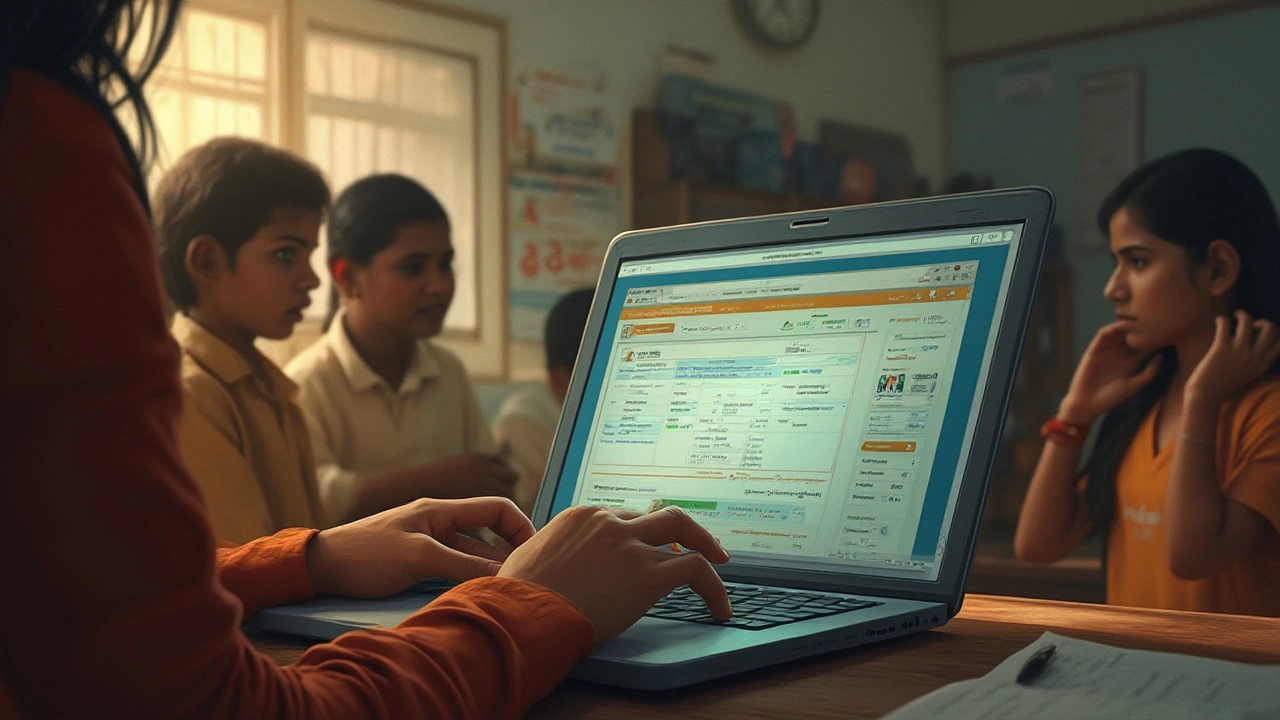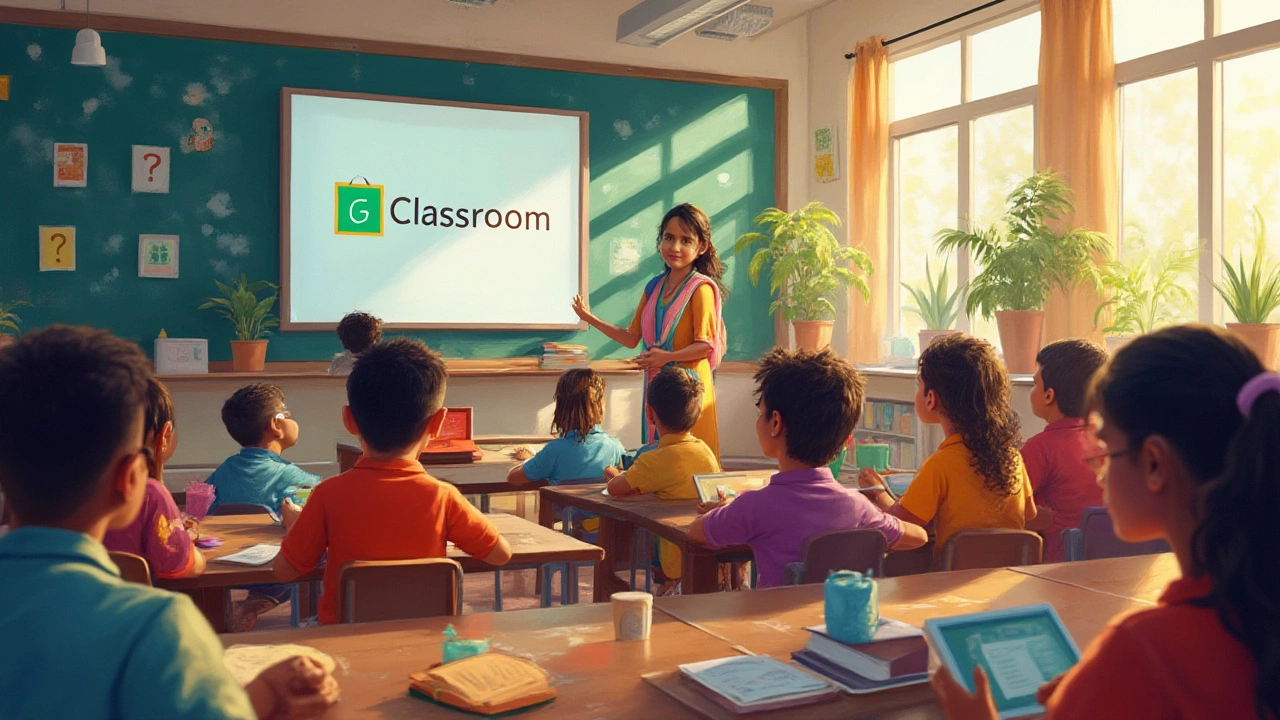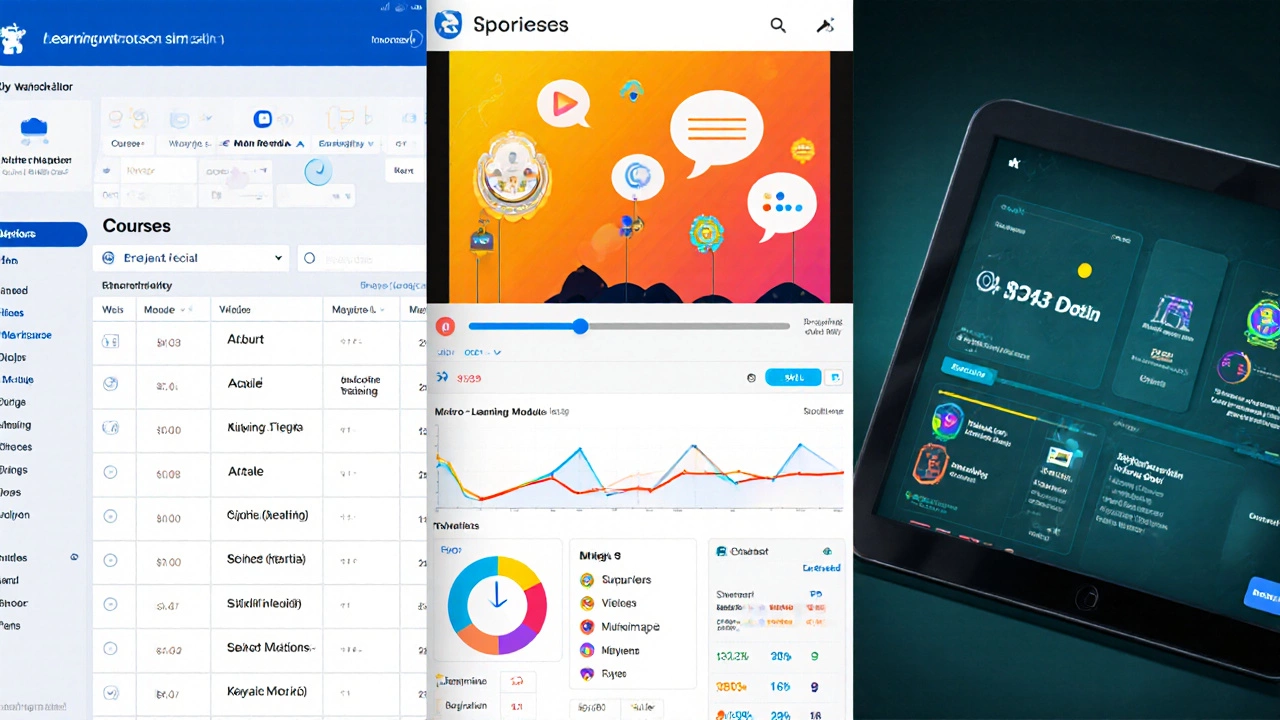Rumours travel fast—especially when they involve tools nearly every classroom these days relies on. So if you’ve heard that Google Classroom might be discontinued, you’re definitely not the only one. The last thing teachers and students want is a surprise switch just before a new school term starts. So, what’s actually going on with Google Classroom? Is it really being shut down, or is something else happening at Google HQ? Let’s slice through the chatter and see what’s real in 2025, straight from the heart of the matter—because a change in Classroom could seriously disrupt schools everywhere.
What Has Sparked the Concerns About Google Classroom?
Lately, social media has been full of speculation about Google pulling the plug on Google Classroom. Some posts have gone viral, warning that Google is shifting its focus or that teachers need to start migrating their lesson plans pronto. But where’s all this buzz coming from? In fact, rumours like these often start with half-understood updates or changes to other Google products—think Google Hangouts quietly retiring in favour of Google Chat—or actual changes in Google’s education licensing terms.
Officially, as of July 2025, Google has not announced plans to discontinue Google Classroom. On the contrary, at the June 2025 ISTE conference, Google’s Education team showcased new features and integrations for Google Classroom, aimed at improving teacher workflows and expanding accessibility for students with disabilities. Yet it’s easy to see how confusion creeps in: Google has a history of suddenly sunsetting products, from Google Reader to the more recent closure of Google Cloud Print. Folks remember that sting, and it keeps users extra alert.
School IT managers, worried about being caught off-guard, sometimes see small changes as signs of doom. For example, this year’s update to Google Workspace for Education did result in some service restrictions and changes to storage limits, but it mainly hit Gmail quotas and Drive. Users saw new banners about data policies and instantly worried that Classroom, being part of Google Workspace, was next. It’s sort of like seeing roadworks near your house and assuming the council’s about to demolish your home.
That being said, Google’s not above making real changes that ripple out. Early in 2025, Google announced the closure of a few niche learning tools that were barely used. This move got exaggerated online, spawning tweets and Reddit threads claiming, “Education platforms are next.” When you add last year’s wave of “productivity software fatigue” and the rise of paid competitors like Canvas, people get antsy about any shift. That’s why it helps to stick to clear, published facts from Google’s press room and verified educator forums.
Is Google Classroom Being Shut Down? What Google Actually Says
Let’s cut right to the chase: as of July 2025, Google Classroom is not scheduled for discontinuation. Google’s support center and developer documentation remain up-to-date, featuring roadmaps for future Classroom features, including expanded AI feedback, smarter assignment organizers, and a refreshed mobile app interface coming this year. Product lead Rosy Lohani stated on Google’s EDU blog in May: “Classroom remains central to our educational mission. We’re working closely with teachers worldwide to address classroom needs as they evolve.” Google’s G Suite status dashboard shows Classroom as fully operational, with no downgrade or restrictions planned.
Where some confusion did creep in was the June 2025 migration of legacy G Suite for Education domains to newer Workspace tiers. This move affected behind-the-scenes account management but did not mean Google Classroom was going away. In fact, Google announced several new integrations: Zoom video lessons can now sync directly into Classroom assignments, and there are improvements for using Classroom with Microsoft 365, especially for schools that juggle both Google and Microsoft tools.
But, anyone who’s spent much time around Google’s apps knows the worry isn’t totally unfounded. Google does shut services when their usage dips. Below is a short table showing discontinued Google services in the last ten years, to put things in perspective:
| Service | Discontinued Year | Main Users |
|---|---|---|
| Google Hangouts | 2022 | General/Public |
| Google Cloud Print | 2020 | Schools/Offices |
| Google Expeditions | 2021 | Education/AR |
| Google Play Music | 2020 | Public |
| Google Domains | 2024 | Web Developers |
Classroom remains different: user numbers are still climbing. According to Google’s 2024 Education Impact Report, over 180 million people use Classroom as of June 2025, up from 150 million three years ago. That size makes it much less likely Google would quietly bury it, especially since education is its fastest-growing segment in Workspace. It’s easy to get spooked by news of smaller tools shutting down, but Classroom, for now, is safe, with growth and constant updates still happening every term.

Google Classroom in 2025: What’s New and What’s Next?
2025’s version of Classroom looks a lot slicker than the one teachers scrambled to use during COVID. Google has been layering on features to make Classroom not just an assignment dropbox, but a hub for blended learning. One big new roll-out is AI-powered suggestion tools. These help teachers auto-grade short quizzes and create personalized study recommendations for students lagging behind. There’s even a privacy-protected student “insight dashboard” rolling out globally—handy for keeping track of participation without sharing sensitive details with anyone else.
On the accessibility front, Classroom now supports real-time closed-captioning in over 20 languages, a game-changer in diverse classrooms or for students with hearing loss. Integration with third-party tools is also stronger: you can plug in platforms like Kahoot, Edpuzzle, and Flipgrid straight into assignments, so everything’s smooth and in one place. Teachers no longer have to juggle six tabs just to run a quiz and a video lesson side by side.
Mobile app usage has doubled since 2023, especially in regions where Chromebooks aren’t as common. Google boosted offline support, so assignments can be loaded and completed even with patchy internet, which is a lifesaver for many UK schools outside city centres. The data shows these changes matter: a recent survey by EdTech UK found that 92% of teachers using Classroom feel it helps daily organization and makes feedback loops with students much faster than their old paper systems.
But there’s a downside: some schools are feeling the pinch from Google’s new limits on free Workspace for Education storage. Schools going over their quotas have to pay for extra capacity or archive old documents. Google says this is aimed at fighting “Drive bloat,” but teachers should keep an eye on their storage dashboards—don’t wait for the dreaded “storage full” message two days before report card season.
Some practical tips for teachers in 2025:
- Export classroom data once per term, just in case. You can use Google Takeout for easy backups of student work and grades.
- Check the official Google Classroom Release Notes page regularly; it lists upcoming changes so you don’t get blindsided.
- Use the built-in ‘originality reports’ to spot plagiarism, especially in high school classes.
- If your school uses Office 365 as well, try the new direct import/export links between Classroom and OneNote.
- Encourage students to clear old files off Google Drive to help your school stay under storage limits.
And for those worrying about vendor lock-in, Google still lets you export all assignments and student lists in CSV or PDF if you ever need to move to another platform. There’s no sign of that requirement coming soon, but being prepared never hurts. Remember, while changes often cause panic, Classroom has shown steady evolution rather than sudden cuts—Google’s keen to keep schools in their ecosystem, not send them scrambling for something new.
Alternatives to Google Classroom and What Schools Should Do Next
Let’s imagine for a second that Google did give advance notice about winding down Classroom. What are the options? Plenty, but nothing’s quite as easy to swap in instantly. Platforms like Microsoft Teams for Education and Canvas are widely used (Canvas especially in US universities and more UK colleges in 2025), but both have steeper learning curves for teachers who grew up on Google.
ClassDojo, Moodle, and Seesaw are still strong options for certain year groups, especially primary. Microsoft is tipping big money into Teams upgrades in 2025, and now offers a “click and import” Classroom converter. Even so, most UK schools using Classroom have invested in Chromebooks and Google-centred workflows—moving isn’t impossible, but it’s a headache, so many leaders are loyal unless forced to change.
What should teachers and IT staff do right now, with so many whispers flying around the staff room coffee machine? Step one is to relax: there’s no emergency. Keep an eye on official comms from Google for any long-term plan changes. Make sure data is safely backed up at least once a year, especially end-of-term grades and big project folders. Download those marksheets; don’t trust everything to the cloud, even with the latest security.
You’ll also want to keep talking to your school’s local authority or academy trust—they usually get advance notice of policy changes from Google before the rest of us do. If you work in an independent or small school, check the monthly Google for Education newsletter or join social educator groups; Facebook and X (formerly Twitter) have some surprisingly clued-up teacher networks who spot changes before headlines break.
One thing to be happy about: Google is pouring so much funding into AI-based learning analytics, it would make no financial sense for them to pull Classroom now, while these tools are rolling out globally. If anything, expect Classroom’s reach to spread, especially to developing countries where digital education is still scaling up. Still, stay nimble—tech can turn fast, and those who archive their lessons and gradebooks are always ahead of the curve, no matter where the software winds blow next.
So, next time you see a panic post about Google Classroom being shut down, skim past it unless it’s straight from Google’s verified sources. Double-check before unsettling fellow staff or worried parents. Classroom is still the hub for millions—and with nothing but growth ahead, it’ll take more than a rumour to knock it out.












